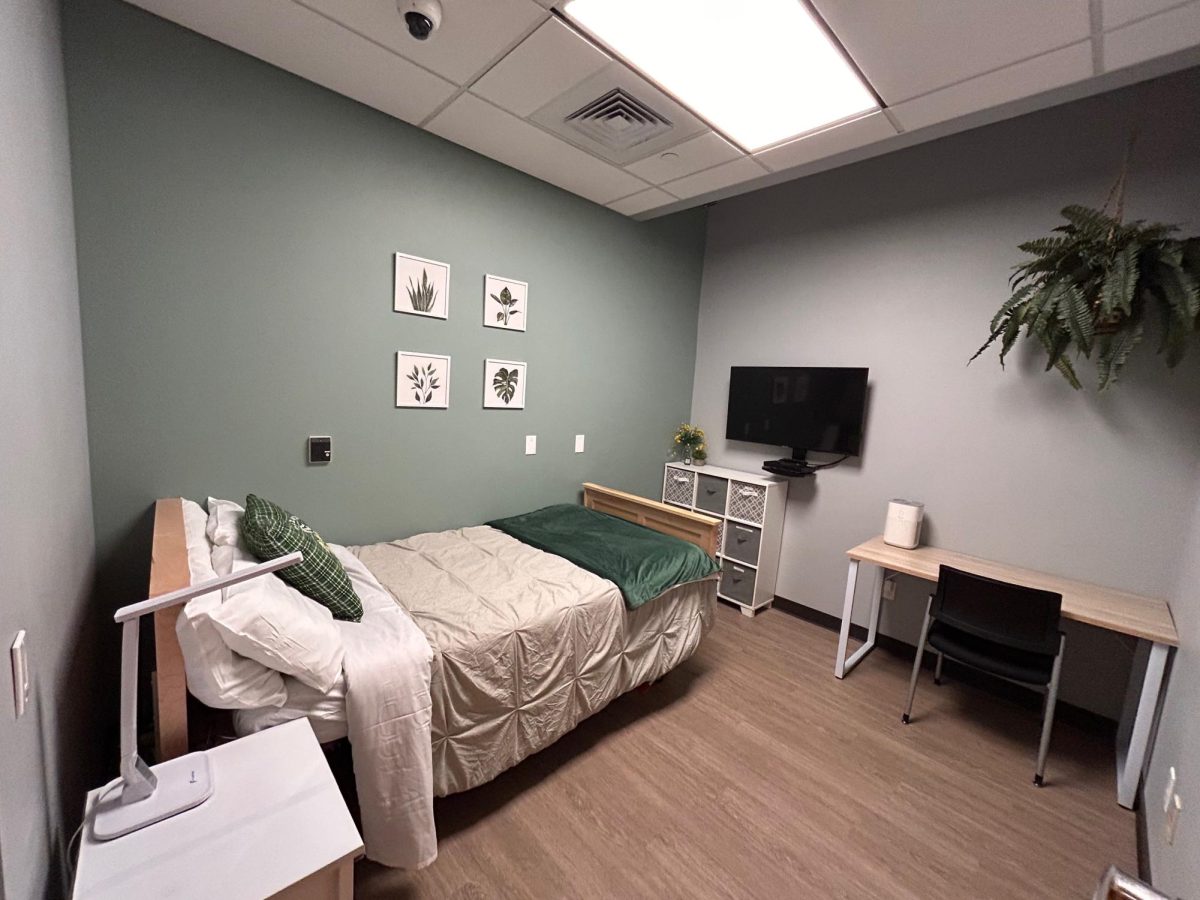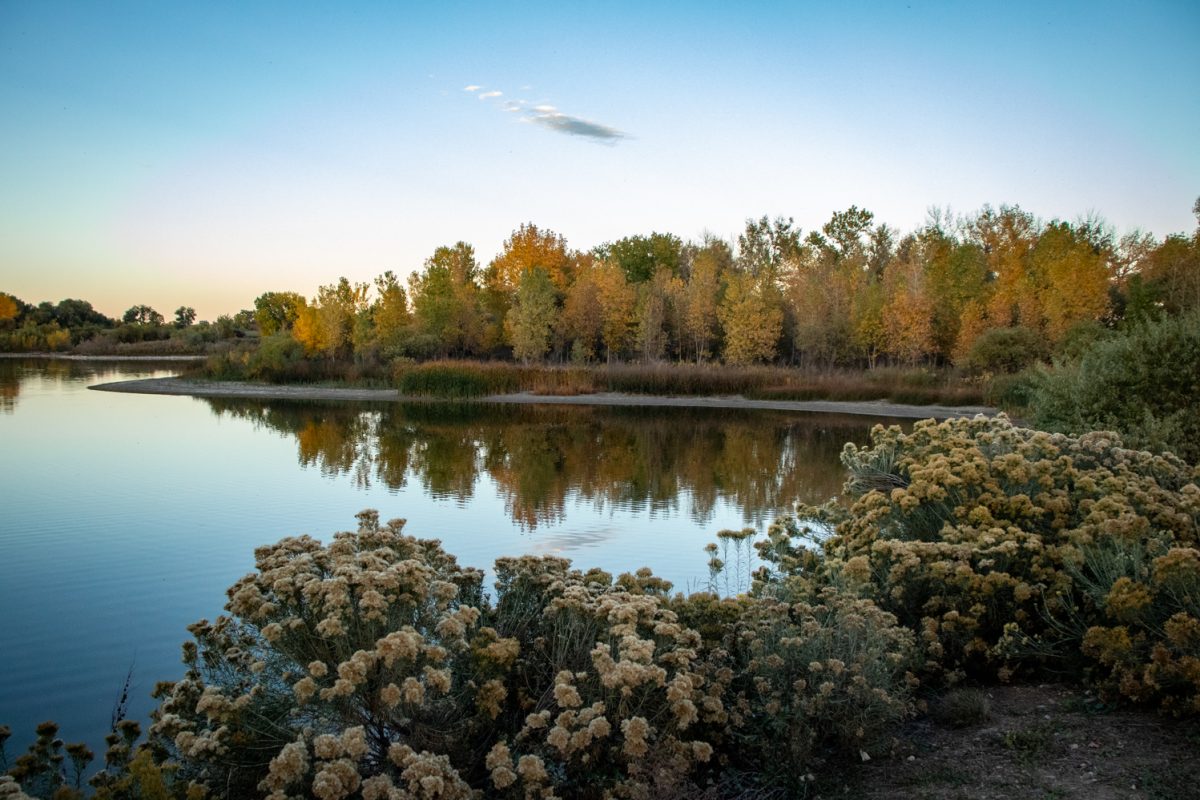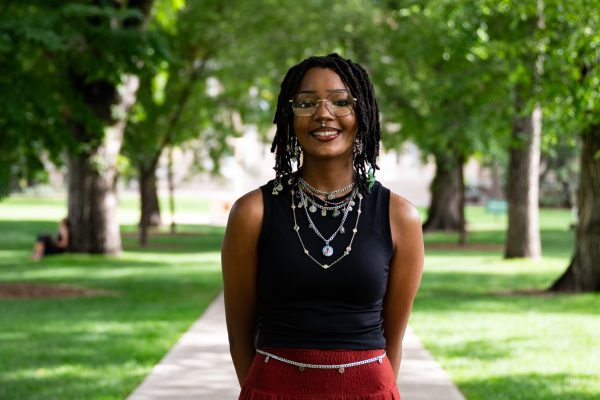In 1856, a woman named Eunice Newton Foote became the first person to demonstrate the greenhouse gas effect, a foundational discovery in the understanding of climate science. Despite her groundbreaking work, Foote’s research remained forgotten and overshadowed for over 150 years.
In the early 19th century, women in the United States rarely had access to formal education — much less the opportunity to pursue science, which was thought to be men’s domain. Nonetheless, a growing group of defiant women was challenging this stereotype. One of these women was Foote, who attended the first school to provide women with an education comparable to that of men.
“It takes a lot of different people who think a lot of different ways to solve hard problems.” –Elizabeth Barnes, atmospheric sciences professor
At the time, there was a lot of buzz in the scientific community around understanding the properties of Earth’s atmosphere. To this end, Foote wanted to investigate how different atmospheric gases trap heat.
Her experimental design was simple yet elegant: She arranged multiple glass cylinders, each containing a thermometer, and filled them with different mixtures of gasses. One was filled with common air, representing the typical composition of gases in the atmosphere — around 78.08% nitrogen and 20.95% oxygen. The other cylinders contained different gases, including one filled with pure carbon dioxide. Then, she placed the cylinders into direct sunlight to heat up.
Notably, Foote found that the carbon dioxide cylinder became 20 degrees Celsius warmer than the cylinder filled with regular air. It also cooled down much more slowly once moved into the shade.
Foote recognized the implications of these findings. In her 1856 research report, she wrote that “an atmosphere of that gas would give to our Earth a high temperature,” accurately inferring the potential for atmospheric carbon dioxide to warm the planet.
In the century that followed, this became known as the greenhouse gas effect: the idea that certain gases in the atmosphere, including carbon dioxide, trap heat near the Earth’s surface. It is now widely recognized that greenhouse gases emitted by human activities are the main cause of global warming and climate change.
Back in 1856, Foote’s results had only a brief stint in the spotlight. Although her report was shared at a well-known scientific conference and published in the American Journal of Science and Arts, it failed to generate further attention or recognition.
Three years later, a man named John Tyndall conducted a very similar experiment. Tyndall, who received a world-class education in science and had access to some of the finest research facilities of the time, was able to conduct a much more technical experiment. This allowed him to demonstrate the exact mechanism behind the greenhouse gas effect, which Foote had been unable to do.
Tyndall’s work received widespread recognition and acclaim, while Foote’s work was entirely forgotten until 2011, when it was rediscovered by a geologist. It is unknown whether Tyndall was aware of Foote’s experiments, though some speculate that he must have encountered her report during his time as an editor for a prominent science journal.
In any case, Foote eventually gave up her scientific endeavors and instead focused her attention on campaigning for women’s rights.
The field of climate science has, of course, shifted significantly in the last 150 years, and there are many women currently leading groundbreaking research. Still, even today, the path for women in STEM is often not an easy one.
As an undergraduate studying climate science, Melissa Burt said she was often the only woman or person of color in her classes.
“I started having this sense that maybe this was a field that was not for me because I just had no self-identity or a sense of belonging within those spaces,” Burt said.
Burt said a pivotal moment came when a mentor encouraged her to join a climate program tailored for students in STEM who come from underrepresented backgrounds. One of the key takeaways was that representation matters. It is critical for students in STEM to have role models who they can emulate and lean on for support.
Burt is now an associate professor of atmospheric science at Colorado State University and the associate dean for diversity and inclusion in the Walter Scott, Jr. College of Engineering. As part of her research, Burt studies methods for improving diversity and equity within the field of atmospheric science.
“Being one of those people for future generations is something that’s really important to me,” Burt said.
Elizabeth Barnes is another professor in the department of atmospheric science at CSU. She said the field was fairly male dominated when she was starting out, and she struggled to find women role models who could relate to her experiences.
Barnes said during those days, she was often worried about taking risks and challenging the status quo. Over time, however, Barnes said she realized new and unique perspectives are a vital part of scientific progress.
“It takes a lot of different people who think a lot of different ways to solve hard problems,” Barnes said.
Now she views her originality as a fundamental strength and hopes the students she mentors will embrace this mindset as well, Barnes said.
“I can confidently tell my students, ‘I’m so happy we don’t think like everybody else, and I’m so happy they don’t think like us,’” Barnes said. “If we all try to approach these hard problems the exact same way, we’re not going to make it very far.”
Reach Lizzy Rylance at science@collegian.com or on Twitter @CSUCollegian.












